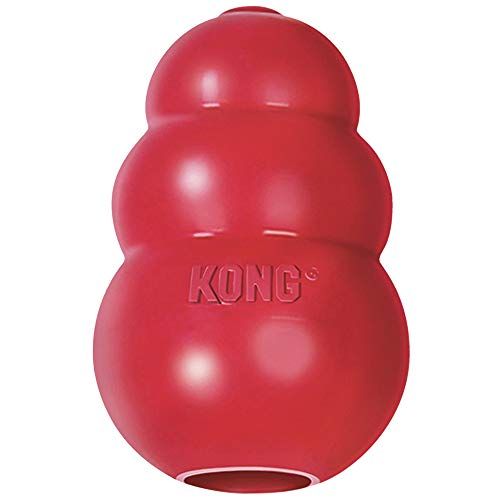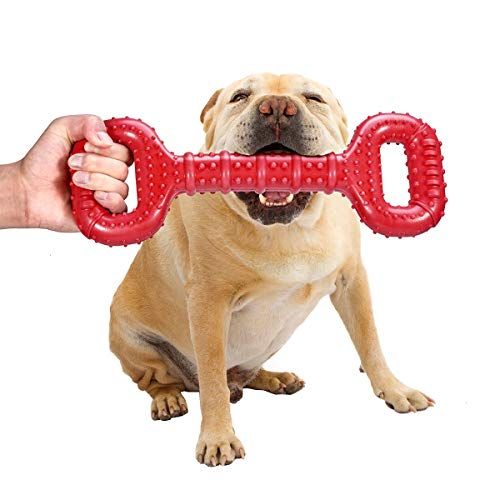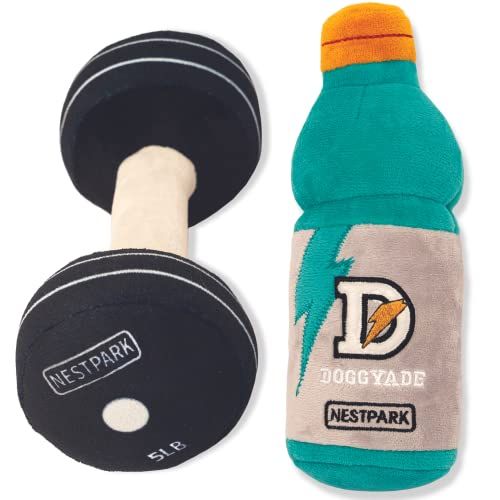Comprehensive Guide on Measuring a Dog's Height
When it comes to understanding your pet's overall health and wellbeing, measuring your dog's height is an essential yet often overlooked factor. This article will guide you through the comprehensive process of accurately measuring your dog's height, providing insight into the relevance of this measurement and tips to make the process easier. Dive into the world of canine care and learn more about your furry friend's stature.
The process of measuring your dog's height might appear simple, but it can be a little more complex than you'd initially think. Dogs come in a variety of sizes and shapes, which can make taking measurements somewhat challenging. However, understanding your dog's size and growth can be important for various reasons, such as making sure they are developing correctly or even for more practical reasons such as buying the right size bed, crate, or harness.
To get an accurate measurement of your dog's height, you'll need to ensure they're standing on a flat, level surface. Ideally, your dog should be relaxed and in a natural standing position, not sitting or lying down.
The first thing to remember is that, unlike humans, dogs are measured from the ground to the withers. The withers is the ridge between the shoulder blades; it's the tallest point of the body if you exclude the head.
Step 1: Have your dog stand in a normal position. Make sure that both their front and hind legs are straight and that their head is in a natural, neutral position.
Step 2: Locate the withers on your dog. This is typically the highest point on your dog's body when they're standing, located at the base of the neck where the shoulder blades meet.
Step 3: Use a measuring tape, a yardstick, or a level and a pencil. If you're using a measuring tape, hold it from the withers straight down to the floor. If you're using a level and pencil, place the level across your dog's withers, making sure it's straight, then make a pencil mark on the wall or level. Measure from the mark to the floor.
Step 4: Measure from the floor to the withers, not to the top of the head or tail. Make sure to record the measurement.
Step 5: If possible, take the measurement a few times to ensure accuracy. Dogs can wiggle, and you might not get the exact measurement the first time.
While these steps will give you a rough idea of your dog's height, the most accurate measurements are typically obtained by a vet or a professional dog show handler.
There are also some factors to take into account when measuring your dog's height. For example, a dog's height can vary based on their age, breed, and even the time of day. Puppies grow quickly, and their height can change drastically in just a few weeks. Similarly, some breeds have standards for height, and knowing these standards can help you understand if your dog is growing correctly.
Learn more: how are dogs height measured
It's also worth noting that measuring your dog's height regularly can be a good way to keep track of their health and growth. Sudden changes in height or growth rate could potentially signal health issues, and regular measurements can help you spot these changes early.
Keep in mind, too, that knowing your dog's height is practical as well as health-related. It can help you select the right size dog door, crate, or car harness, and it can even help you estimate how much food your dog needs. By knowing your dog's height and weight, you can provide them with a more comfortable and healthier life.
So the next time you're wondering just how tall your furry friend is, remember these simple steps, and you'll have your answer in no time.
Find out more: how are dogs height measured















